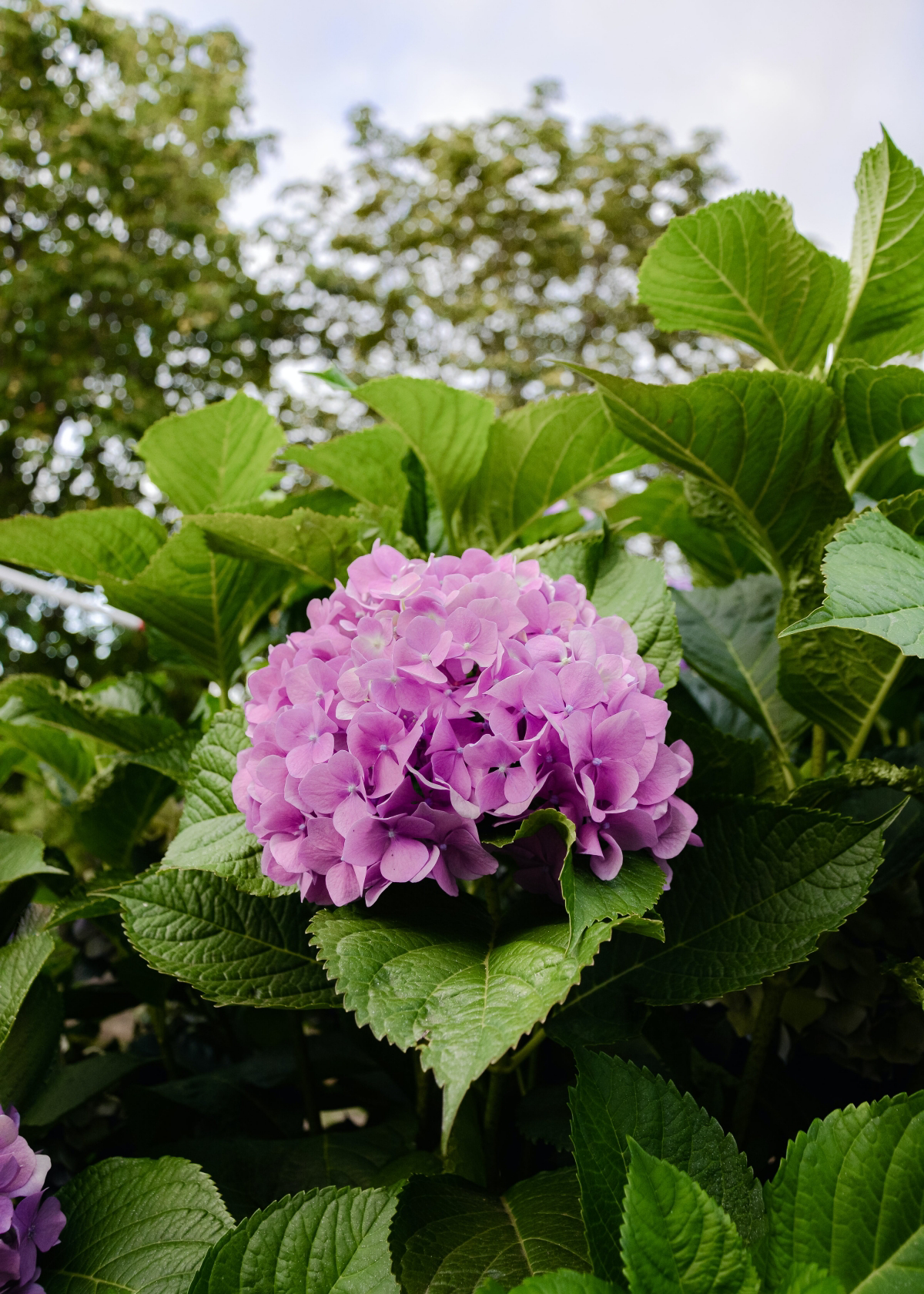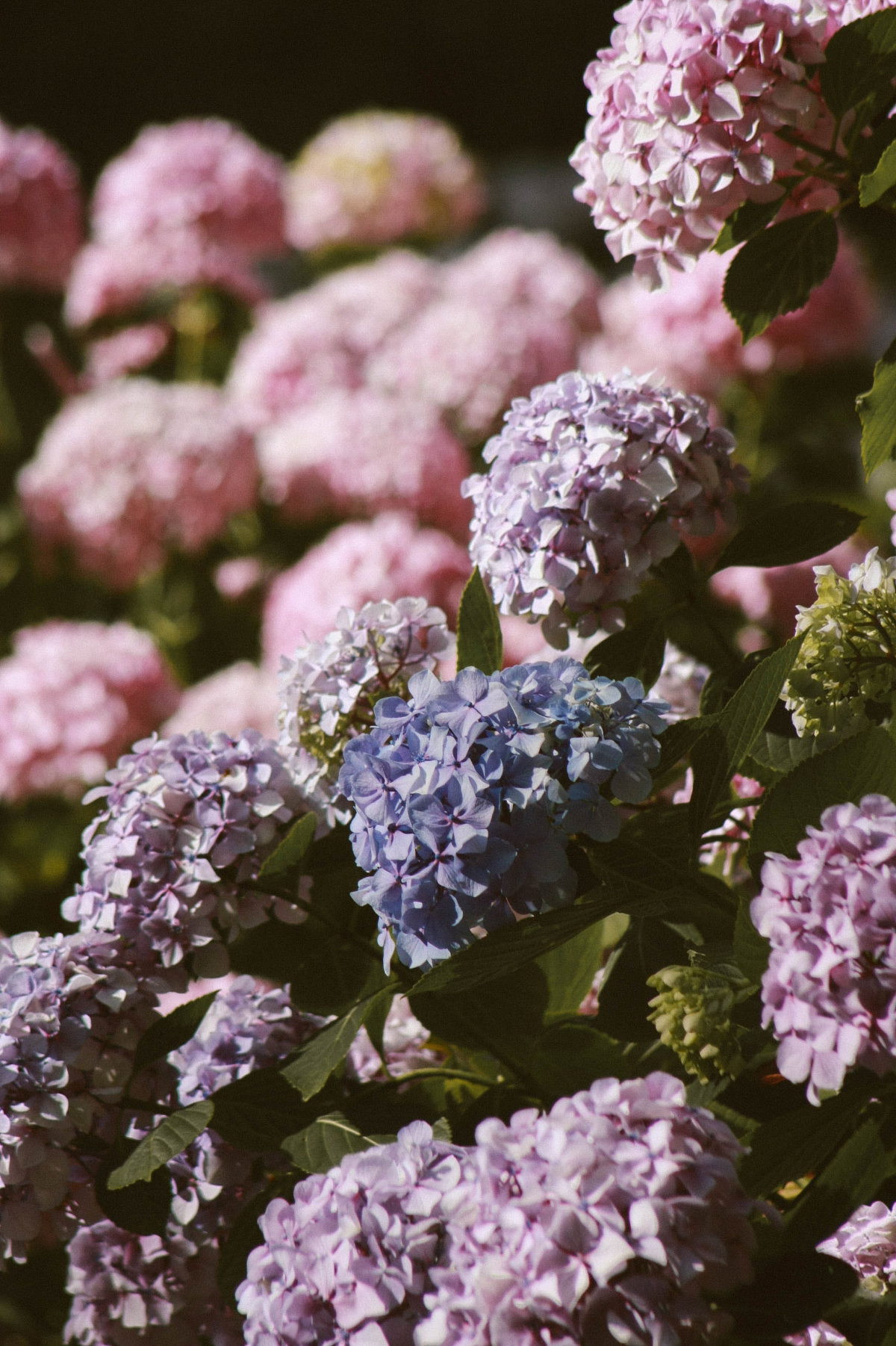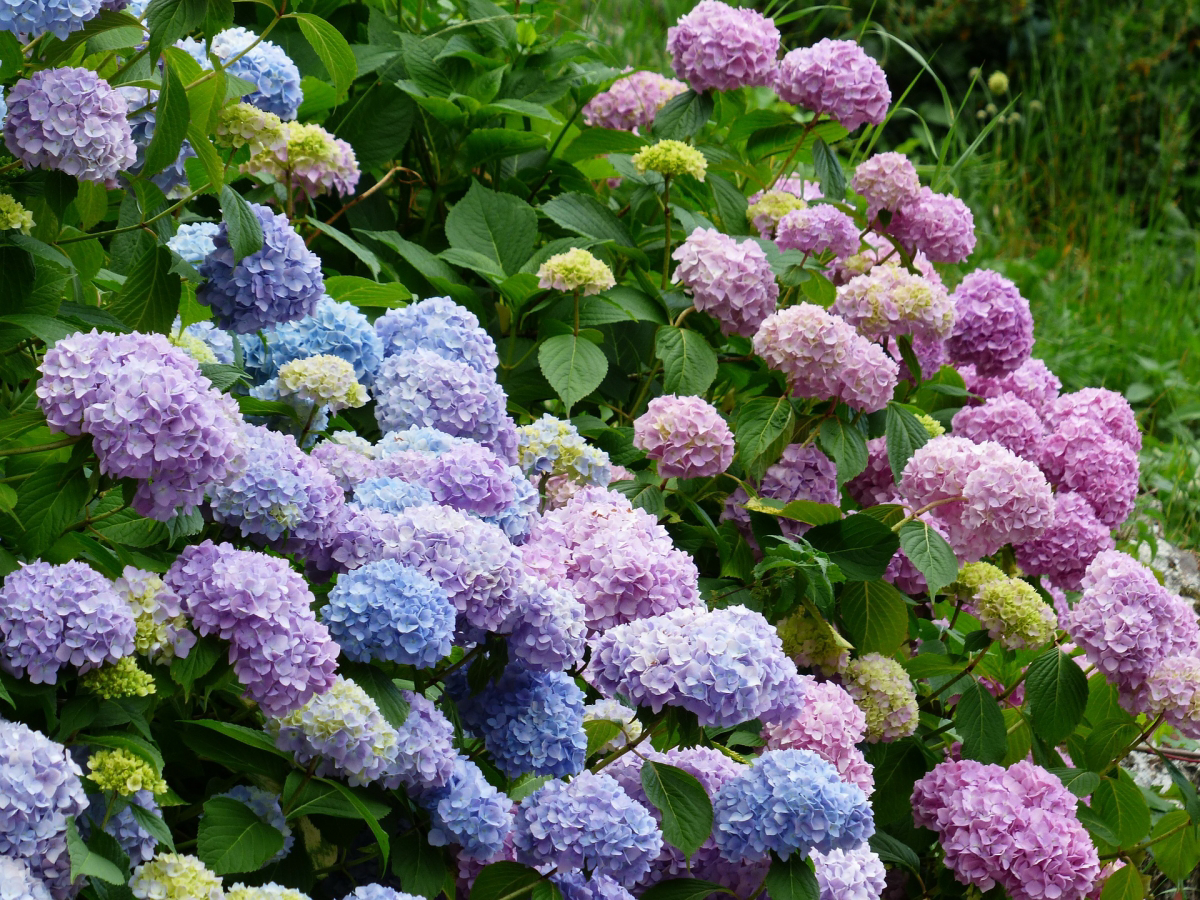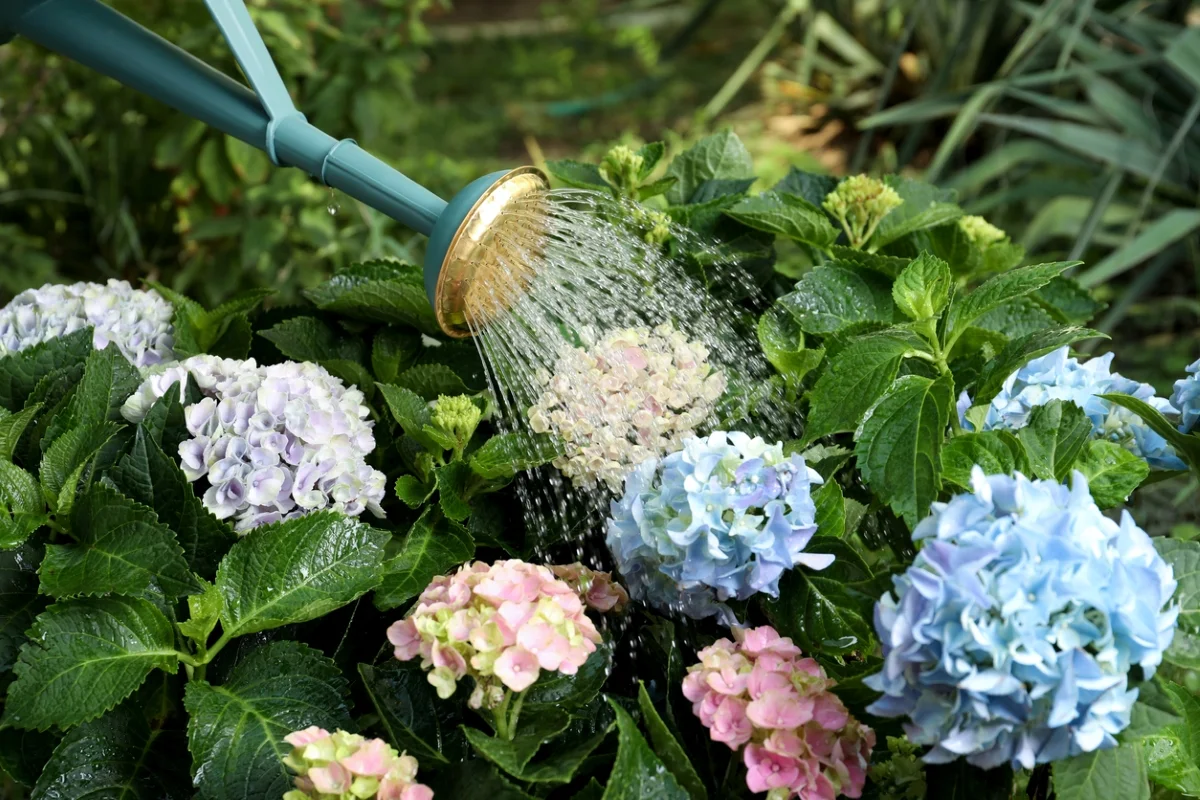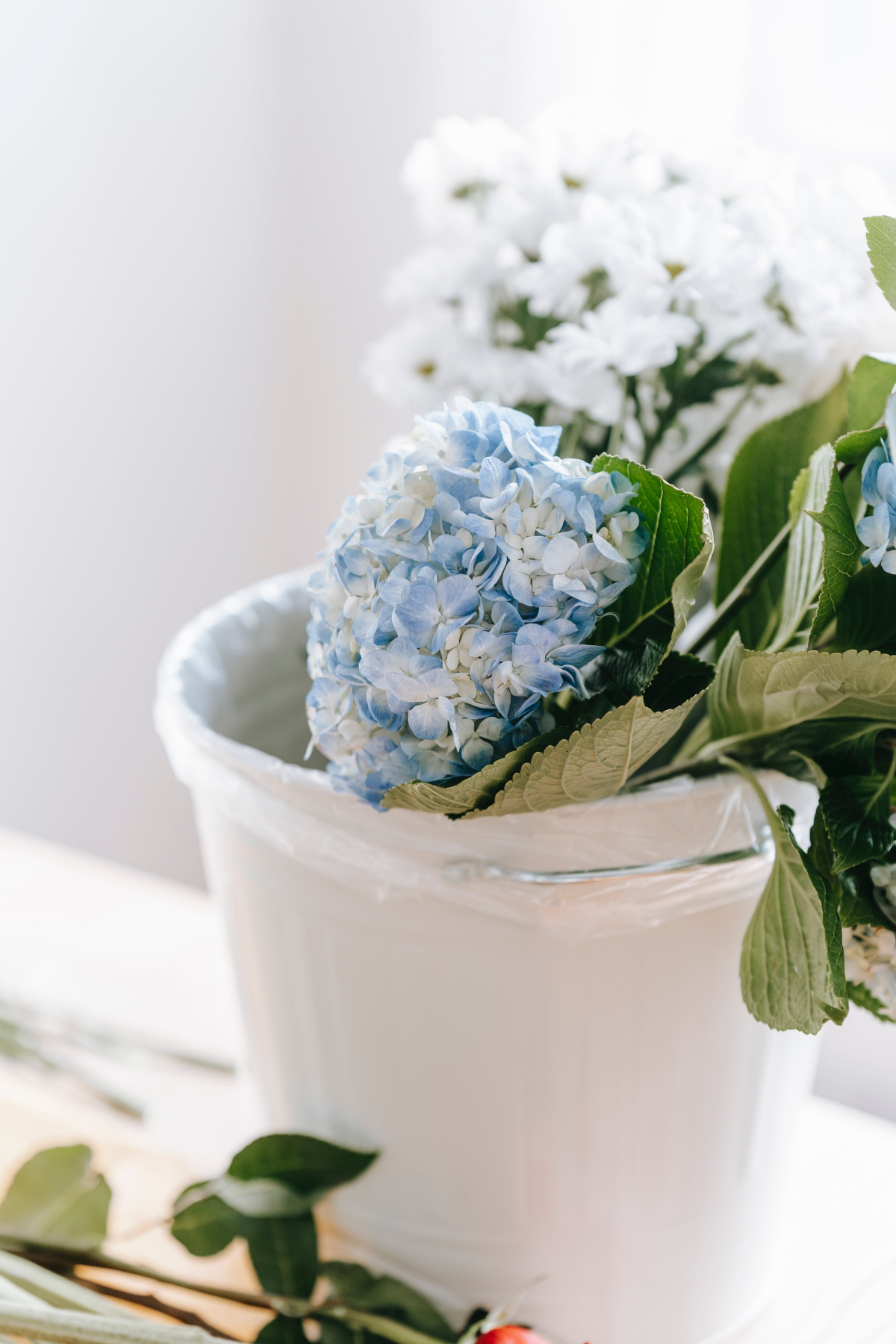How to Revive Your Beloved Hydrangeas (Plant & in a Bouquet)
When it comes to enchanting blooms that grace our gardens and floral arrangements, hydrangeas are undeniably a crowd favorite. These stunning flowers, with their globe-like clusters and vibrant hues, have a unique charm that can brighten up any space. But what happens when your hydrangea plant starts to lose its luster or the hydrangea bouquet on your dining table begins to wilt? Fret not, for we’re here with a comprehensive guide on how to revive hydrangeas and restore them to their full glory.
Let’s venture into the world of the stunning hydrangea
In this article
- Understanding the Hydrangea
- Reviving a Dying Hydrangea Plant
- Assessing the Situation: Understanding the Plight of Your Hydrangea
- Examining the Roots: The First Step to Recovery
- Choosing the Perfect Location: Meeting Your Hydrangea’s Needs
- Pruning with Precision: Encouraging New Growth
- Feeding and Watering: Nourishing Your Hydrangea Back to Health
- Mulching for Moisture and Protection
- Monitoring and Patience: The Virtues of a Gardener
- A Garden Reborn: Celebrating Your Hydrangea’s Comeback
- Tips and Tricks
- Reviving Wilted Hydrangeas in a Bouquet
- Conclusion
- More Articles You Might Like
Understanding the Hydrangea
Before we delve into the art of hydrangea revival, let’s take a moment to appreciate the magnificence of these botanical wonders. Hydrangeas, known for their large, showy blossoms, belong to the Hydrangeaceae family. While there are various species and cultivars, the most common types include the mophead (bigleaf), lacecap, panicle, and oakleaf hydrangeas. They are renowned for their ability to change color, shifting from pink to blue or vice versa based on soil pH, making them a captivating addition to any garden.
Hydrangeas are known for their large, showy blossoms
Reviving a Dying Hydrangea Plant
Imagine strolling through your garden, your eyes filled with the vibrant colors of blooming flowers, and your senses intoxicated by the sweet fragrance in the air. Yet, as you approach your beloved hydrangea, a disheartening sight unfolds – the once-lush leaves appear droopy, browned at the edges, and the flowers, instead of standing tall in all their glory, are wilting away. Your hydrangea, the pride and joy of your garden, seems to be struggling, and despair creeps in. But fret not, for there’s hope, and with the right care and a touch of horticultural wisdom, you can revive your ailing hydrangea, restoring it to its former splendor.
You will learn how to revive your hydrangea, restoring it to its former glory
Assessing the Situation: Understanding the Plight of Your Hydrangea
Before embarking on your mission to breathe new life into your hydrangea, it’s essential to play detective and assess the situation. Take a closer look at your plant – are the leaves discolored, drooping, or showing signs of stress? Are the once-colorful blooms fading into an unsightly brownish hue? Understanding the specific symptoms your hydrangea exhibits will guide you toward the most effective revival strategies.
It is essential to play detective and assess the situation
Examining the Roots: The First Step to Recovery
The root system of your hydrangea is like its lifeline, responsible for absorbing essential nutrients and moisture from the soil. If your plant’s roots are compromised, its overall health will undoubtedly suffer. To begin the revival process, gently remove the hydrangea from its current location. Take care not to damage the delicate root structure. Once it’s out of the ground, give the roots a thorough examination. Healthy roots should be firm, white, and intact. If you notice any rotting, mushy, or discolored roots, it’s time to trim them away using sterilized pruning shears. The goal here is to retain only the healthy parts of the root system, as they will serve as the foundation for your hydrangea’s revival.
If you notice any rotting, mushy, or discolored roots, trim them away
Choosing the Perfect Location: Meeting Your Hydrangea’s Needs
Hydrangeas are like Goldilocks when it comes to their growing conditions – they thrive when everything is just right. Assess your garden or landscape to ensure it provides the ideal environment for your plant. Hydrangeas typically prefer partial shade, meaning they receive some sunlight during the day but are sheltered from the harsh midday rays. Placing your hydrangea in a spot with dappled sunlight or morning sun and afternoon shade is a recipe for success. Additionally, make sure the soil is well-draining and rich in organic matter. If your soil is clay-heavy or retains excessive moisture, consider amending it with compost or organic matter to improve drainage. Proper location and soil conditions will lay the foundation for your hydrangea’s revival.
Hydrangeas typically prefer partial shade
Pruning with Precision: Encouraging New Growth
Pruning is a crucial step in reviving a dying hydrangea. It might seem counterintuitive, but trimming away the dead or damaged branches and spent blooms will encourage new growth and redirect the plant’s energy toward healthier parts. When pruning, use sharp and clean pruning shears or scissors to make precise cuts. Start by removing any dead or brown branches, making cuts just above a healthy bud or leaf node. Next, tackle the faded or wilted flowers, cutting them back to a point where you see healthy green growth. Remember that different hydrangea varieties bloom on new or old wood, so understanding your specific hydrangea type is essential for effective pruning. Once the pruning is complete, your hydrangea should have a refreshed appearance, ready to put forth new growth and vibrant blooms.
Pruning is a crucial step in reviving a dying hydrangea
Feeding and Watering: Nourishing Your Hydrangea Back to Health
Like any living organism, hydrangeas require sustenance to thrive. To revive your ailing plant, it’s crucial to provide it with the right nutrients and hydration. Start by applying a balanced, slow-release fertilizer around the base of your hydrangea. This will replenish the soil with essential nutrients and promote healthy growth. Be sure to follow the recommended dosage on the fertilizer packaging to avoid overfeeding, which can harm the plant. Additionally, hydrangeas appreciate consistent moisture, so regular watering is essential. Aim for deep, thorough watering sessions rather than frequent shallow watering. This encourages the development of a robust root system that can access water from deeper in the soil. However, be cautious not to overwater, as soggy soil can lead to root rot. Striking the right balance between moisture and drainage is key to your hydrangea’s recovery.
Hydrangeas appreciate consistent moisture
Mulching for Moisture and Protection
Mulching serves as the icing on the cake for your hydrangea revival project. Applying a layer of organic mulch, such as shredded bark or compost, around the base of the plant offers several benefits. First, it helps maintain soil moisture, preventing the soil from drying out too quickly and reducing the need for frequent watering. Second, mulch provides insulation and protection to the root system, shielding it from extreme temperatures and maintaining a stable soil environment. Lastly, mulch contributes to a neat and tidy appearance in your garden, enhancing the overall aesthetic appeal. When applying mulch, create a layer approximately two to four inches thick, taking care not to pile it against the hydrangea’s stems, as this can promote rot.
Mulching provides insulation and protection to the root system
Monitoring and Patience: The Virtues of a Gardener
After implementing these revitalizing steps, it’s time for a bit of patience. Monitor your hydrangea regularly, paying attention to any changes in its appearance, such as fresh green growth, budding flowers, and improved overall vitality. Remember that hydrangeas might not show instant results, and it may take a growing season or more to witness a full recovery. In the meantime, continue to provide proper care, including regular watering, occasional fertilization, and maintenance pruning to encourage healthy growth. With dedication, patience, and a little horticultural expertise, your hydrangea can bounce back from the brink of decline, once again gracing your garden with its stunning blooms.
Monitor your hydrangea regularly, paying attention to any changes
A Garden Reborn: Celebrating Your Hydrangea’s Comeback
As your hydrangea begins to recover, you’ll experience the joy of witnessing its transformation from a struggling plant to a thriving beauty. Celebrate your gardening efforts and the resilience of nature, knowing that your dedication played a significant role in reviving your beloved hydrangea. Continue to care for your plant, and it will reward you with an abundance of lush foliage and magnificent blooms, a testament to the power of patience, knowledge, and a deep appreciation for the wonders of the natural world.
Care for your plant and it will reward you with an abundance of lush foliage
Tips and Tricks
- Hydrangeas are thirsty, so ensure the water level in your vase or bucket is consistently high.
- Change the water and recut the stems every few days to prevent bacterial growth and promote hydration.
- Mist your hydrangea leaves daily to maintain humidity levels and keep them looking fresh.
Reviving Wilted Hydrangeas in a Bouquet
But what if your hydrangea blooms are already part of a stunning bouquet that’s seen better days? Don’t worry; we have solutions for that too! Here’s how to revive wilted hydrangeas in a bouquet:
Let’s see how to revive wilted hydrangeas in a bouquet
Method 1: The Warm Water Treatment
Things You’ll Need
- A pot for boiling water
- Water
- A vase or container
- Scissors or garden shears
Instructions
- Boil a pot of water and let it cool to room temperature.
- While waiting for the water to cool, cut the stems of the wilted hydrangeas at a sharp angle underwater.
- Place the freshly cut stems in the warm water and allow them to soak for about 30 minutes.
- After their warm bath, transfer the hydrangeas to a vase filled with cold water.
- Trim the stems once more, cutting them at a sharp angle just above the previous cut, all while submerged in cold water.
- Display the revived hydrangea bouquet in a cool, shaded area, away from direct sunlight and drafts.
Place the freshly cut stems in the warm water and let them soak
Method 2: The Alum Trick
Things You’ll Need
- Alum (available in the spice section of most grocery stores)
- A vase or container
- Warm water
- Scissors or garden shears
Instructions
- Fill a vase with about 2 inches of warm water.
- Dissolve a teaspoon of alum (found in the spice section of most grocery stores) in the warm water.
- Cut the stems of the wilted hydrangeas at a sharp angle underwater.
- Place the freshly cut stems in the vase with the alum solution.
- Allow the hydrangeas to absorb the alum for several hours or overnight.
- Change the water and recut the stems before displaying the hydrangeas in a vase with fresh, clean water.
Place the freshly cut stems in the vase with the alum solution
Method 3: The Submerging Technique
Things You’ll Need
- A sink or basin
- Lukewarm water
- A vase or container
- Scissors or garden shears
Instructions
- Fill a sink or basin with lukewarm water.
- Submerge the entire hydrangea bouquet, including the blooms, stems, and leaves, in the water.
- Let the bouquet soak for approximately 30 minutes to an hour.
- Remove the bouquet from the water and gently shake off excess moisture.
- Recut the stems at a sharp angle underwater.
- Place the revived bouquet in a vase filled with clean, cold water and display it as desired.
Fill your sink with water and submerge the entire hydrangea bouquet
Method 4: The Overnight Hydration
Things You’ll Need
- A large vase or container
- Room-temperature water
- Another vase for displaying the revived bouquet
- Scissors or garden shears
Instructions
- Fill a large vase or container with clean, room-temperature water.
- Remove the wilted hydrangea bouquet from its original vase.
- Cut the stems at a sharp angle underwater, removing any wilted or yellowing leaves.
- Submerge the freshly cut stems in the container filled with room-temperature water.
- Allow the hydrangeas to soak overnight.
- The next morning, recut the stems underwater and transfer the bouquet to a clean vase with fresh water for display.
This is a great method if you want fresh flowers in the morning
Experiment with these methods to see which one works best for reviving your wilted hydrangea bouquet. Remember to trim the stems regularly and keep the water clean to prolong the flowers’ freshness.
Remember to keep the water clean to prolong the flowers’ freshness
Conclusion
With these tried-and-true methods, you can breathe new life into your hydrangea plants and bouquets, ensuring that their natural beauty and charm continue to adorn your surroundings. So, whether you’re tending to your garden or sprucing up your home décor, you now possess the secrets to reviving hydrangeas and letting their vibrant colors and delicate petals shine once more. Happy hydrangea revival!
Now you know how to actually revive hydrangeas!

